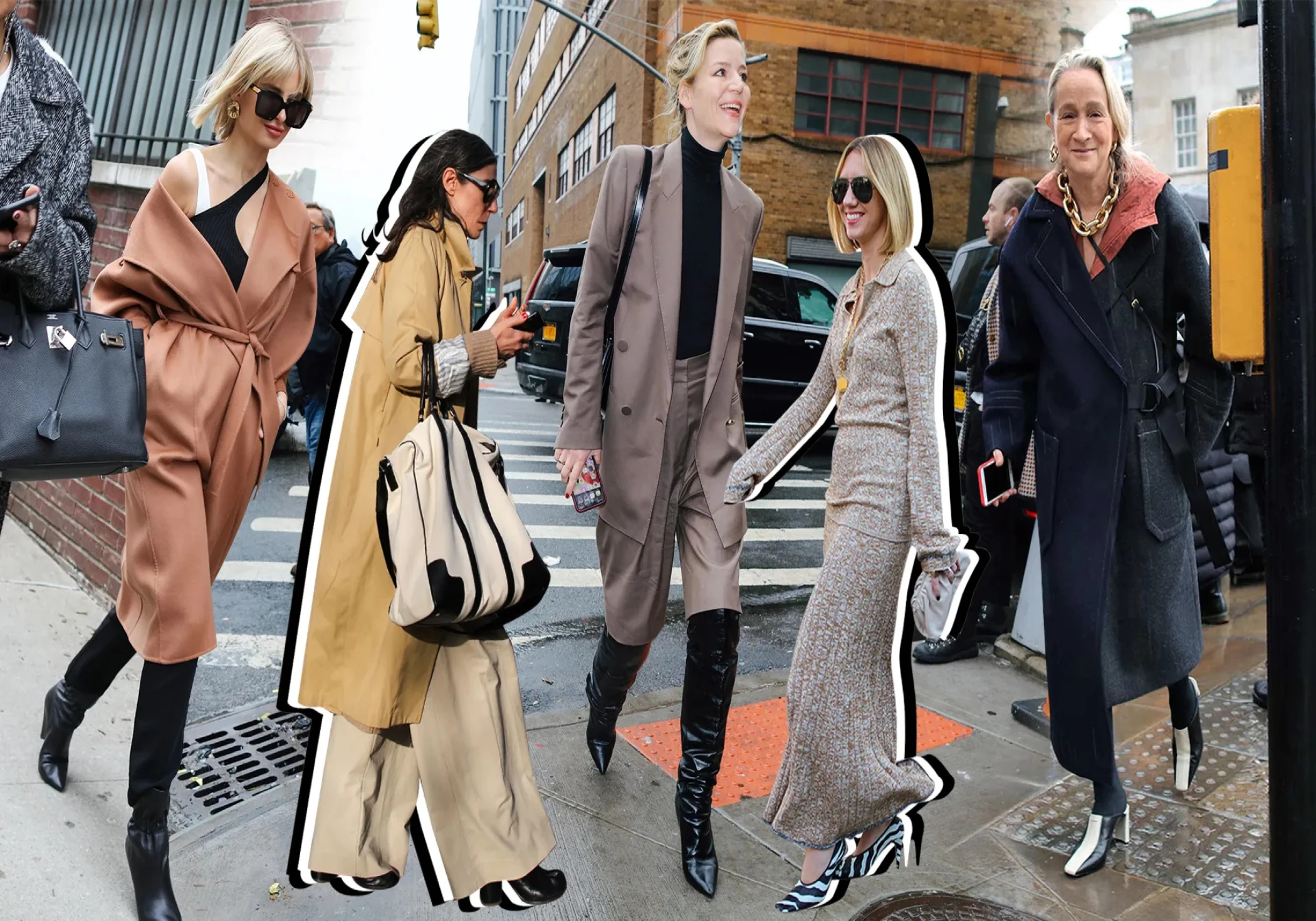
Originating from the artistic movement that emerged in New York during the 1960s, a cohort of artists, such as Donald Judd, John McCracken, and Agnes Martin, opted to eschew conventional representations in painting and sculpture. Instead, they embraced a novel approach that sought a minimal connection to the physical essence of an object. Rooted in the reductionist elements of Modernism, Judd characterized his artistic endeavors as "the simple expression of complex thought," encapsulating the aesthetic that resonates within the realm of fashion as well.
In fashion, minimalism focuses on the style and material over the practicality of clothing. Minimalist designers simplify designs by emphasizing essential elements, often using clean lines and geometric shapes within a monochromatic palette. The core idea is to eliminate unnecessary details, keeping only a minimal number of clothing items that align with your sense of comfort and bring happiness.
In the Western world, an unspoken norm dictates that one should avoid wearing the same clothes too frequently. Despite both the wedding guest and the office worker receiving reassurance that they committed no fashion faux pas, the underlying sentiment persists. The expectation prevails that we should change our attire every day, or at least every few days, even if our work environment is an office rather than a physically demanding setting. This holds true despite the existence of washing machines, and the constant pressure to update our wardrobes prevails. Even initiatives promoting sustainability, such as clothes-swap events and wardrobe libraries, inadvertently reinforce the notion that what we currently own is insufficient.
Minimalism has become a widely embraced trend among fashion enthusiasts globally, exemplified by the Olsen twins in both their personal style and through their brand, The Row. Crafting the perfect minimalist wardrobe involves incorporating key basics, such as button-ups, tailored trousers, a classic coat, and an everyday blazer. The essence of minimalism lies in the quality of fabrics, where simplicity is elevated by using high-quality materials. Maximizing your wardrobe's potential is achievable by making subtle adjustments to your looks. Creating a daily outfit formula, essentially a specific combination of items with variations, serves as a kind of uniform that simplifies the process of getting dressed and adds a touch of enjoyment to it.
While fashion trends may be transient, minimalism endures. At its core, minimalism revolves around eliminating excess flash and clutter, embracing simplicity and elegance, often favoring a neutral color palette. Within the fashion industry, slow fashion represents a niche minimalist subculture. In contrast to the hectic pace of chasing weekly trends and discarding clothing after a single use—both financially burdensome and environmentally wasteful—the ethos of slow fashion is to "buy less, choose well, make it last."
Initiating a minimalist wardrobe is a step-by-step endeavor that demands time and dedication. To start a minimalistic wardrobe, Adhere to the following techniques -
- Begin by clearing out your closet, evaluating each item, and deciding what to keep, donate, sell, or discard. Aim for a curated and intentional wardrobe, avoiding clutter.
- After organizing your wardrobe, identify your personal style and craft distinctive looks. Personal style is subjective; what suits others may not necessarily suit you.
- Opt for enduring quality over inexpensive, low-grade clothing.
- Sustainable fashion and brands commit to ethical production and are environmentally friendly. Go for such a niche.
- In a minimalist wardrobe, focus on neutral colors such as black, white, gray, and navy. Embrace these tones for a cohesive and versatile collection that effortlessly blends and complements each piece.
- Rather than purchasing numerous inexpensive and trendy clothes, opt for timeless, high-quality pieces that will remain in your wardrobe for years.
- Generate diverse outfits with a minimal wardrobe by concentrating on the mix-and-match potential of your custom-made clothing.
- choose enduring shapes and styles that complement your body and align with your personal taste. Select chic accessories and steer clear of excessive embellishments or intricate details.
Minimalistic fashion centers on simplicity, quality, and individual style. By emphasizing a concise selection of clothes that you truly need and love, investing in timeless, high-quality pieces, and opting for understated and versatile styles, you can establish a minimalist wardrobe that not only brings you joy but also positively influences your overall happiness.
The minimalist approach revolves around simplicity, emphasizing ownership of only essential and cherished items. This philosophy stands in stark contrast to the prevalent consumerism of today. Minimalistic attire not only benefits the environment but also contributes positively to overall happiness. The current rise in fashion trends like quiet luxury and "old money" style may not be identical, but they share a common thread: both are grounded in the principle that less is more. There's an old saying that "it's not what you say, but how you say it," and a similar principle applies to fashion, particularly in the context of minimalist dressing. It's not just about what you wear but how you carry it.



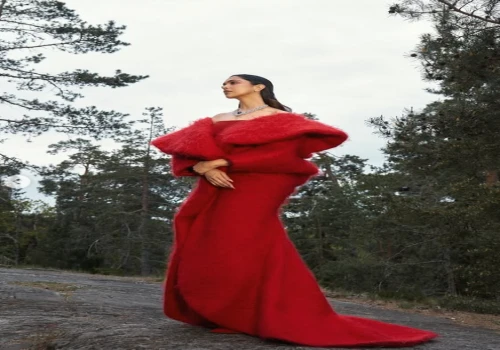
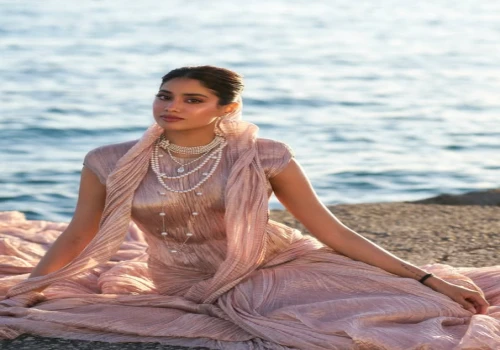
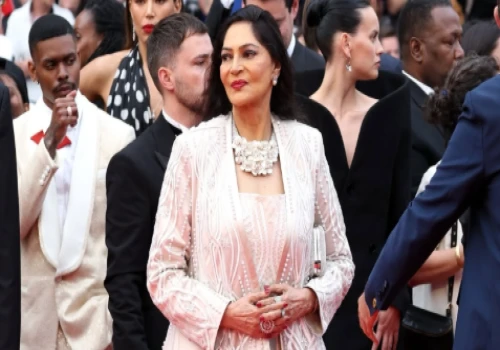
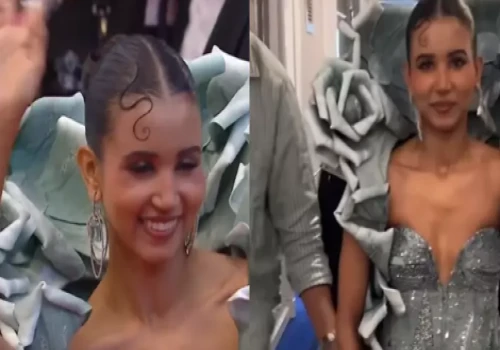
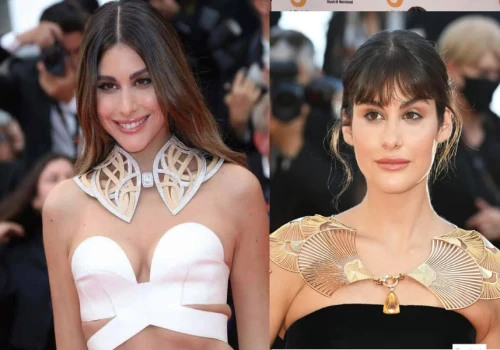
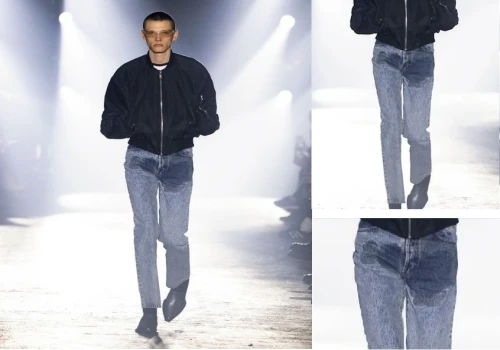
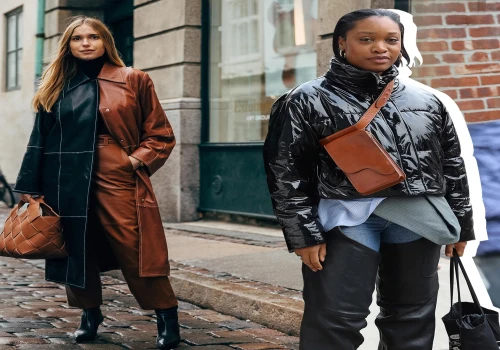
_500_x_350.webp)